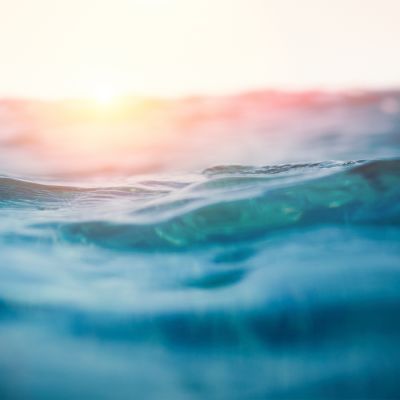Freshwater ecosystems should be hotspots of biodiversity and productivity in the landscape. However, rivers, lakes, and wetlands are in peril.
Freshwater habitats and species are being lost globally at alarming rates, faster than in terrestrial and marine environments. There are numerous reasons for this loss, including climate change and invasive species. However, the strong dependence of freshwater ecosystems on the terrestrial environment makes them particularly vulnerable to a wide range of human activities on land, such as urbanisation, wastewater treatment, agricultural intensification, and water abstraction.
This short course introduces the science, assessment and management of aquatic ecosystems. It provides you with the essential foundation needed to better understand the challenges and opportunities to the conservation and restoration of aquatic ecosystems.
At a glance
-
- Dates
-
- Please enquire for course dates
- Duration12 hours over four 3 hour sessions
- LocationOnline
- Cost£500 Concessions available
Course structure
This course is delivered via a mixture of online lectures, workshops and practical sessions.What you will learn
On successful completion of this course you should be able to:
- Describe how biotic and abiotic factors interact to affect the occurrence of organisms in freshwater ecosystems,
- Explain how humans have impacted freshwater ecosystems directly and indirectly,
- List key principles and methods for ecological survey design and how they apply to different freshwater ecosystems,
- Summarize the key approaches for managing, conserving and restoring freshwater ecosystems, focusing on UK and EU approaches.
Core content
- Fundamentals of aquatic ecology – individuals (key taxa), populations, communities, and ecosystems.
- Rivers, lakes and wetlands – how hydrological, geomorphic, chemical and ecological factors and processes affect community composition.
- How humans impact aquatic ecosystems through modifications and activities at multiple spatial scales.
- Principles of ecological survey design and data analysis.
- Field sampling techniques – hydrological, geomorphic, chemical and ecological data.
- Biological indicators in aquatic ecology – using species composition to infer pressures.
- Water Framework Directive - good ecological status for freshwater waterbodies (rivers and lakes).
- Regulation supporting nature conservation and restoration of freshwater ecosystems (e.g. Habitats Directive, Biodiversity Net Gain).
Speakers
Dr Robert GrabowskiConcessions
You can book a single course or any combination of the courses offered in Water Management May in the same year, and benefit from discounts.
- One course: £500
- Two courses: (£450 per course)
- Three+ courses: (£350 per course)
Read our Professional development (CPD) booking conditions.

